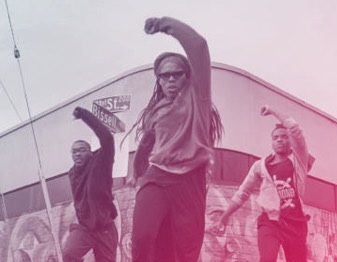In 1876, the wealthy railroad executive Daniel Stein took his progeny, Michael, Simon, Leo, Bertha and Gertrude, to Europe for three years. Afraid his children might be considered “uncultured” because of their California upbringing, he provided them with language and music lessons, making it clear that he expected them to rise above the uncouth wildness of their West Coast childhood. A black-and-white photograph taken in 1880 shows the Stein family as Daniel envisioned them, a scholarly patriarch and his wife, surrounded by his instrument- and book-wielding children.
One could say that Daniel needn’t have worried. One could also say that his fear so shaped his children that they became over-achievers in the arena of culture, set up as they were with something to prove. And just in case there is anyone left out there stubbornly refusing to acknowledge the relevance of Gertrude Stein and her siblings to contemporary culture, this month there arrive not just one but two shows to settle the argument: Seeing Gertrude Stein: Five Stories, at the Contemporary Jewish Museum, and The Steins Collect: Matisse, Picasso, and the Parisian Avant-Garde, at the San Francisco Museum of Modern Art.

To cover even half the work in both shows in any real depth would be exhausting, but I will say that I gained much from starting at CJM, where the focus is on Gertrude’s life through a multitude of images and portraits, as well as a collection of first-edition texts and magazines. The show is one of the most multi-media exhibits I’ve seen, which seems appropriate for a show about Gertrude, who was interested in so many mediums.
Visitors are greeted at the entrance to the exhibit by a cascading series of verbal and visual portraits: the headline from an April 1935 issue of the San Francisco Examiner: “Gertrude Stein arrives without a single comma,” an audio recording of Gertrude reading from her quintessentially circular text on Pablo Picasso, and a short black-and-white film recording of Gertrude in her garden. She walks out with a hoe or rake and works a small patch of ground over, and then smiles at us. In the next shot, she sits her poodle, Basket, with his back to the camera and asks him to shake.





